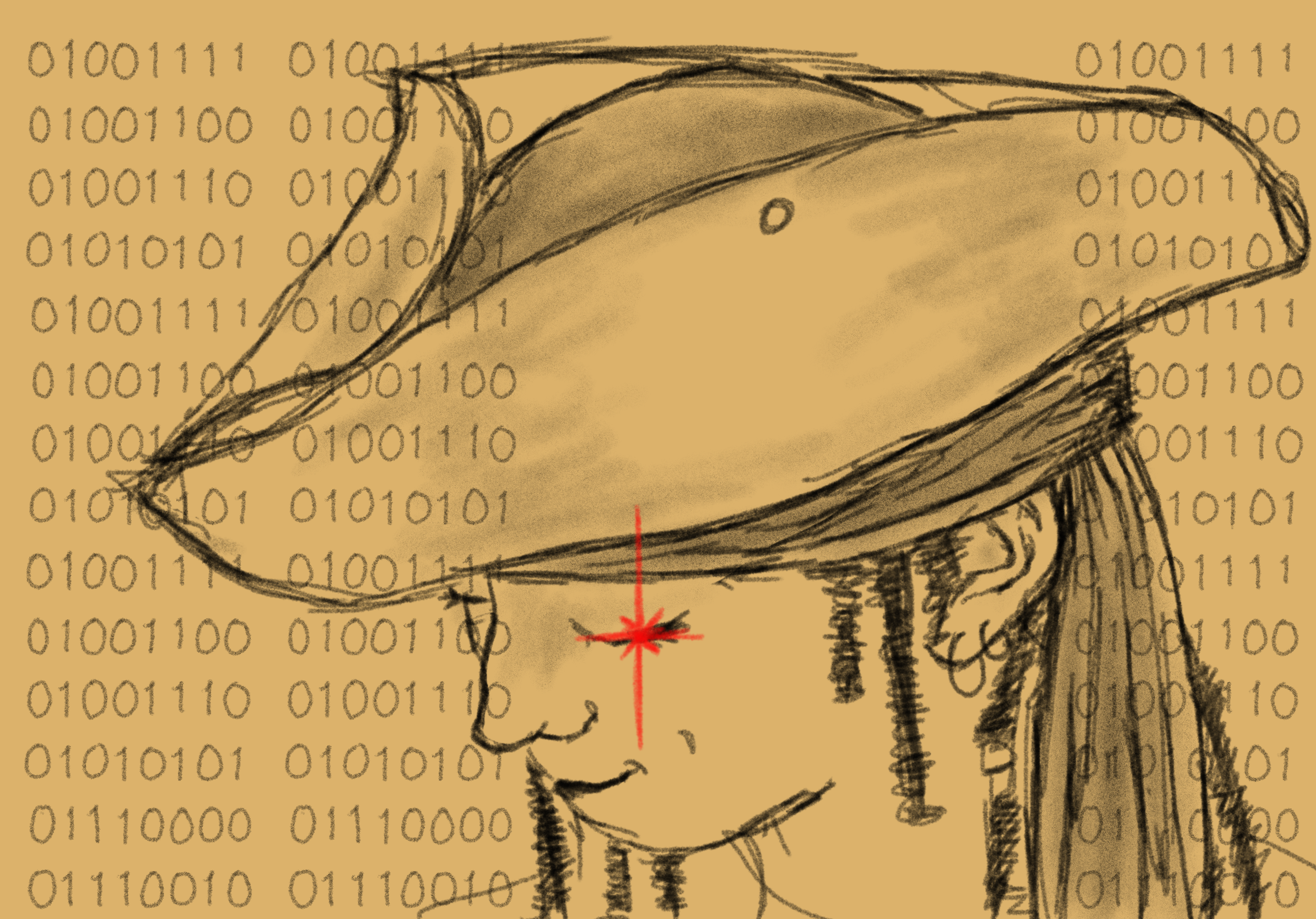Innovate, Design, Sustain (IDS) is a club on UBC Okanagan’s campus founded by Sayra Gorgani and Ashwin Ramesh in 2020 to create a space on campus where students can get involved in real-life projects that emphasize sustainability. Last year, the club began participating in the Solar Decathlon Project, an international competition hosted by the United States Department of Energy, where interdisciplinary teams of students design net-zero houses. Having won the second-place prize last year, the team is taking things to the next level this year by partnering with a charity to build 11 houses for people in need. Samantha Krieg, the IDS team captain, said:
“Honour House Society started as a house in Vancouver, where veterans, members of the Canadian armed forces, and emergency services personnel could stay with their families for free when they were getting medical treatment in Vancouver. This was a huge relief for many families because staying in Vancouver is very expensive. The society recently branched out to a ranch near Ashcroft, BC [British Columbia]. The ranch acts as a mental health treatment facility, working with veterans, members of the Canadian armed forces, wildfire fighters, paramedics, and RCMP [Royal Canadian Mounted Police] to help them navigate stress reaction injuries, disabilities, or traumatic events experienced in the line of duty. They work with them to move past these injuries and help them overcome challenges so that they have a better quality of life. The whole facility is run on donations and volunteers.”
“They were going to build these 11 buildings anyway, but we are stepping in to help them create sustainable net-zero buildings, with a huge focus on wildfire resilience and accessibility,” she continued. “I think it is really meaningful because we are giving back to the people who essentially protect our communities from wildfires and disasters.”
The team is focusing on sustainability holistically by looking at the design of the homes through the lenses of environmental, social, and economic sustainability. They aim for a fully net-zero design by reducing energy consumption upfront by using high-efficiency mechanical systems and creating the enclosure of the building to reduce heat transfer from the building to its surroundings. They also harness extra energy on-site using an array of roof-mounted solar panels. The solar panels reduce costs as residents recover their initial investment over the course of just a year. Krieg described the importance of economic sustainability by saying:
“It is important because, at the end of the day, you can come up with the best solutions, but people have to be able to afford it. People who are going to be impacted by climate change and natural disasters are the people with the least, so it is truly important that as a society, we uplift the entire communities affected, not just the people who can afford it.”
The team uses cost analysis to build affordable designs for communities in need. Another special focus of the design is accessibility, which is the central pillar of social sustainability. The lack of accessible housing and infrastructure across BC is a significant issue because people with mobility concerns are restricted, creating many barriers and challenges. Eliminating these barriers is essential for social sustainability. Krieg stated:
“This year, we want to ensure in our design that someone in a wheelchair, or anyone with mobility needs, is able to thrive in this space and be able to live comfortably. This is especially important going on the ranch, where a lot of the people in uniform coming have mobility needs from injuries from being in the line of service. Even outside of the ranch, we aim to build homes that adapt to the residents’ needs over their lifetime because no one should have to move out of their place or pay thousands of dollars for upgrades just because their house is not adaptable to their needs.”
Resilience is another large consideration in the design. As wildfires continue to be a huge concern across Canada, especially in the Thompson-Okanagan region, disaster resilience becomes essential. Samantha explained:
“It is challenging because wildfires are very extreme disasters, and when they are at the front door, you can’t really beat them. We are creating a house that is less likely to catch on fire, and if something does happen, it is less likely to spread that fire through neighbouring properties. Another aim is to protect residents, so that when they are not under evacuation, [but] there is excessive smoke in the area, they are able to live comfortably and safely in their own homes.”
“Ultimately, resilience is about creating a building that can withstand natural disasters and recover from them quickly, reducing downtime between when the disaster happens and when the residents can come home, and throughout that process, prioritizing occupant health and safety,” she continued. “It’s challenging to do while promoting sustainability because some of those things are a bit mutually exclusive, but I think disaster resilience is the next step of sustainability because we are at a point where we can’t just focus on climate change mitigation; we have to focus on adapting to respond to the ongoing environmental crisis.”
The team’s design process is very innovative. For every decision, there are a number of different considerations: from fire resilience, durability, and cost standpoints to energy modelling and life cycle analysis perspectives. Life cycle analysis looks at the carbon emissions of materials from when they are raw materials to when they arrive at the building site for use in the building. The team tries to find materials that have low embodied carbon — which is the total carbon emissions of the material in its lifetime — by using locally-created natural base materials because embodied carbon considers transportation as well. The team does these analyses early on in the process, unlike the current building design industry, which is still in a transition phase in how they approach design decisions. This helps them build novel configurations using market-ready materials.
“Ultimately, it comes down to creating solutions that are meaningful and applicable right now,” said Krieg. “That means giving people an actual viable and scalable solution that makes a meaningful difference in their life versus just assigning a solution arbitrarily, which is kind of like making a square peg for a round hole. Things which are truly sustainable are things we can implement because, at the end of the day, with this, perfect is the enemy of the good, and it’s better to implement solutions that we can implement right now than wait for the best one out there.”
Speaking about her experience and challenges, Krieg added:
“It has been a roller coaster ride, in a great way. I did not expect all the learning that came when I started the project, and I didn’t completely know what I was getting myself into, but that is part of the fun — learning as you go. It has been an immense help for me in terms of professional development. Not only has it given me an opportunity to develop strong professional relationships with faculty, but also work directly with industry partners. I wanted — for engineering students — a club that gives them that real-world experience where they can work with industry directly, creating networking opportunities. It is a great way to develop not just technical software skills, but also soft skills like leadership, project management, [and] conflict resolution. Even though it may not be directly related to all my classes, working in this environment — which requires me to be highly adaptable — makes me more confident in my ability to learn new things, making me worry less about classes.”
“Since we are doing this iterative design, there are [a] lot of design constraints, and every person on the team has a different opinion on what is most important, so it is challenging to align everyone’s opinions and make sure everyone feels like their ideas are being represented in the project. It is a challenge, but it is a rewarding challenge and one that will be present in any project you do. We are sort of the underdogs in this competition, and [we] found out that we are competing with a lot of Masters-level student teams, people with professional engineers with industry experience on the team, so us, a group of undergraduate students who don’t know a lot of the software used, learning as we go, don’t know a lot of building science term[s], and don’t have any classes that teach us that. That has been one of the hardest things, but it has also been the best way to push you to learn outside of your classes.”
The club is doing some incredible work, helping students get real-world experience while helping communities in need. The best way to follow their work and get to know about opportunities to join the team is to follow their Instagram @ids.okanagan.



